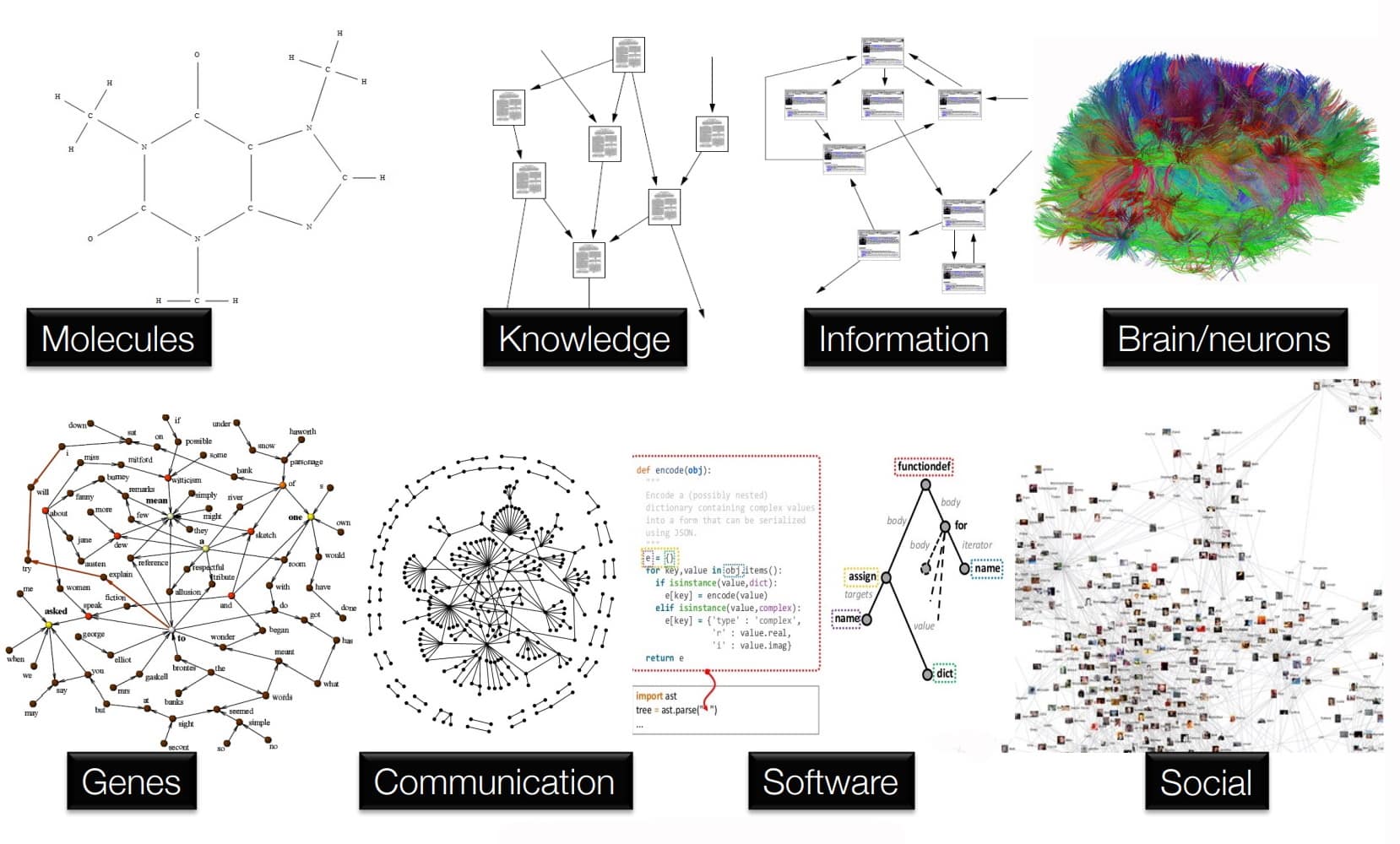Graph Neural Networks (GNNs) are a class of machine learning algorithms that analyze graph-structured data. GNNs help machines make sense of data that is connected through a graph or network, such as social networks and recommendation systems.
GNNs are based on the idea that each node in a graph can receive and transfer information to other nodes. This information transfer is usually performed through a series of consecutive message passing steps between nodes. Each step can modify the data stored in a node according to a set of learnable parameters. The combination of node-level data, node-node information transfer, and learnable parameters helps GNNs learn useful and complex features from the graph-structured data.
GNNs have been successfully applied in many real-world tasks, including social network analysis, recommender systems, drug discovery, and protein structure prediction. They have also been used to improve computer vision algorithms by recognizing patterns in photographs.
GNNs are part of a larger field of machine learning algorithms known as deep learning, a subset of artificial intelligence. Deep learning algorithms use multi-layered networks to analyze and interpret large amounts of data in order to learn and make predictions. GNNs are unique in that they focus specifically on graph-structured data, whereas other deep learning algorithms can analyze different types of data.
GNNs are an exciting and potentially transformative field of research, with applications in many areas of computer science. As the datasets used for machine learning become increasingly complex and graph-structured, GNNs are well-positioned to power the development of new and creative solutions to real-world problems.






